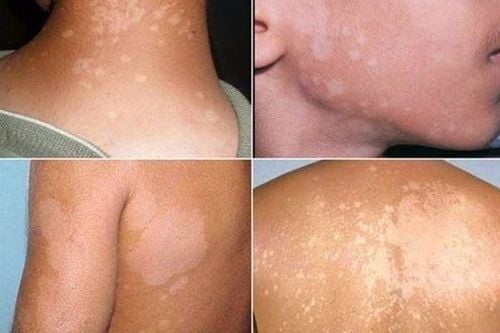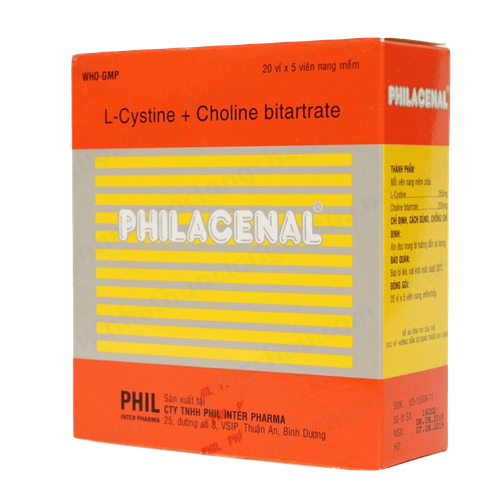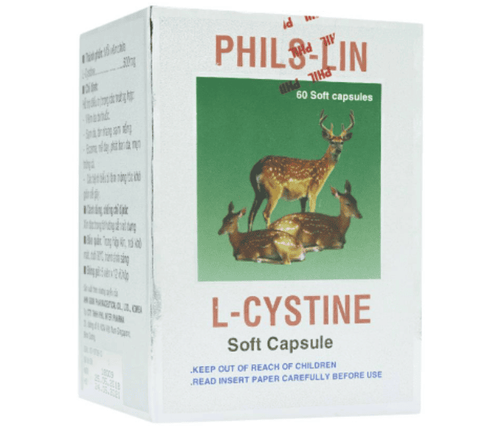This is an automatically translated article.
Puberty is a tumultuous time, defined by a transitional period in physical maturation and psychosocial development. Accordingly, the skin also has many changes, besides the appearance of acne, the first skin pigmentation and freckles. Thus, knowing the causes of melasma and freckles during puberty and actively preventing them will help teenagers grow up beautiful and radiant.1. Skin changes during puberty
Puberty is the time when the body matures from a child to an adult. This stage begins at an average age of 9-10 years and the associated physical changes can begin to appear during the pre-adolescent years.
From changes in the skin cells on the scalp to the sweat glands in the feet, a lot goes on physically during puberty. The hormones produced during this period of development cause many changes, both physical and emotional. Among them, acne is a very common skin condition that causes different types of acne. Many teens suffer from acne due to the hormonal changes that occur with puberty, causing acne to appear on the back, upper chest, neck, shoulders, and most commonly the face.
These areas are more prone to breakouts because they have pores that contain oil glands that produce sebum, an oil that moisturizes the skin. As puberty approaches, hormones stimulate these glands to produce more sebum, and they are often overactive and produce too much sebum, leading to clogged pores with excess oil, dead skin cells, and bacteria. bacteria. The successful treatment of acne depends on an individual's type of acne and the skin care regimen must be followed to achieve the best results.
Besides, with hormonal changes, children's skin at puberty also begins to appear hyperpigmented spots, with the appearance of freckles and melasma. Furthermore, this may also be the result of a chronic inflammatory response following acute inflammatory episodes caused by acne.
2. Causes of skin pigmentation, freckles in puberty
Melasma, freckles are manifestations of skin hyperpigmentation. This condition is essentially caused by an increase in the pigment melanin , which is the natural pigment that gives color to the skin, hair and eyes, determined depending on race, genetics and under the influence of other factors. endogenous and exogenous factors in the life process of each individual. Accordingly, some of the factors that can trigger an increase in melanin production are sun exposure, hormonal influences, age, and trauma or dermatitis.
Although melasma can occur in anyone, at any time in life, the condition usually begins at puberty rather than earlier childhood with causes. Typical melasma in this stage is as follows:
2.1. Hormonal changes The influence of hormones is the main cause of melasma, freckles, or a general type of hyperpigmentation. In particular, puberty is marked by a spike in the sex organs' hormones, estrogen, progesterone and testosterone. Compared with boys and girls, when they grow up, they will have more pigmentation or freckles because the blood contains the female sex hormones estrogen and progesterone, which are highly sensitive when the skin is exposed to sunlight. which triggers reactions that cause overproduction of melanin. In addition, hyperpigmentation can also be a side effect of some hormone treatments, especially when indicated for use during this period needed to control treatment-resistant acne.
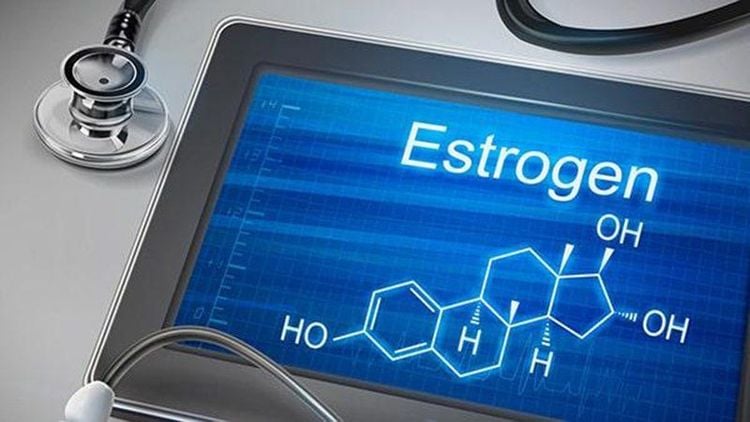
Sự tăng vọt nội tiết tố Estrogen ở tuổi dậy thì là một nguyên nhân gây ra nám, tàn nhang
2.2. Exposure to the sun The sun triggers the production of melanin and is the number one cause of melasma or hyperpigmentation in general. The role of melanin acts as the skin's natural sunscreen by protecting the skin from harmful UV rays. However, too much sun exposure can disrupt this process, leading to hyperpigmentation. When dark spots are freckles, melasma has developed on the skin, sun exposure can also aggravate this problem, making the hyperpigmentation spots even darker.
As children enter puberty, the need to exercise, participate in more outdoor physical activities, the risk of sun exposure also increases. Meanwhile, because children do not have a sense of protecting their skin and if their skin is not properly cared for, adequate sun avoidance, plus hormonal changes, sunlight is a plus factor. further influence the cause of melasma, freckles in puberty.
2.3. Consequences of skin lesions and dermatitis The cause of melasma, freckles in puberty is also due to the post-inflammatory skin recovery process, which occurs after trauma or inflammation of the skin such as: Acne - a symptom Puberty is most pronounced on the skin, cuts, burns, chemical exposures as well as other skin lesions.
Because there is no awareness of proper skin care, especially avoiding the sun, and incomplete skin hygiene habits, children's skin lesions, especially acne, after healing are favorable conditions. Beneficial for the formation of skin spots, freckles.
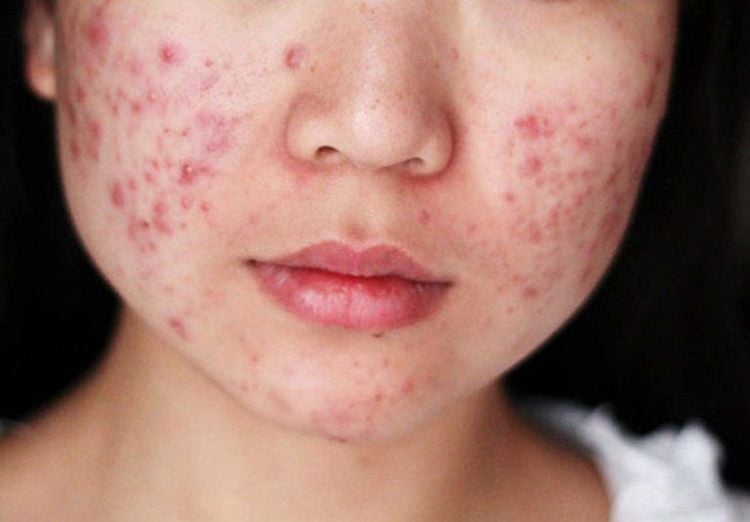
Nguyên nhân gây ra nám da, tàn nhang ở tuổi dậy thì cũng là do quá trình hồi phục da sau viêm, mụn trứng cá,....
2.3. Medical conditions and medications Several systemic diseases and drug effects are known to cause hyperpigmentation. Accordingly, hyperpigmentation is also a symptom of a number of diseases such as autoimmune, gastrointestinal diseases, metabolic disorders and vitamin deficiencies.
Some of the drugs that can increase skin pigmentation have been identified as chemotherapy drugs, antibiotics, antimalarials and anticonvulsants.
2.4. Due to inappropriate lifestyle and nutrition, Children at puberty often have a lot of desire to explore the world around them, increase time for studying, playing with friends as well as expanding social relationships. festival. Therefore, when there is no orientation on a reasonable schedule from school and family, unscientific living habits, often staying up late and not getting enough sleep will cause internal stress in the body. , increases the secretion of the stress hormone cortisol, which also makes the skin more prone to pigmentation and freckles.
On the other hand, due to the needs of physical development in this period, children often like to consume energy-rich foods such as fast food, fried food, soft drinks; eat less vegetables and fruits, do not drink enough water during the day; ... also cause the skin to fall into a chronic inflammatory state. This is both a cause of acne and a cause of freckles during puberty.
In short, puberty has its own causes of melasma and freckles in this period, revolving around hormone changes that help the child's body quickly achieve outstanding developmental milestones. Accordingly, because the cause of hormonal freckles cannot be changed, if you actively adjust and prevent the remaining factors, hyperpigmentation will be easily controlled, resulting in a smooth skin. membrane, bright and also clean acne.
Follow the website: Vinnmec.com regularly to update many other useful information.
Please dial HOTLINE for more information or register for an appointment HERE. Download MyVinmec app to make appointments faster and to manage your bookings easily.
References: chrichmond.org, byrdie.com, eucerin.com, dalieuthientruong.vn, tannhang.info, vienthammydiva.vn




